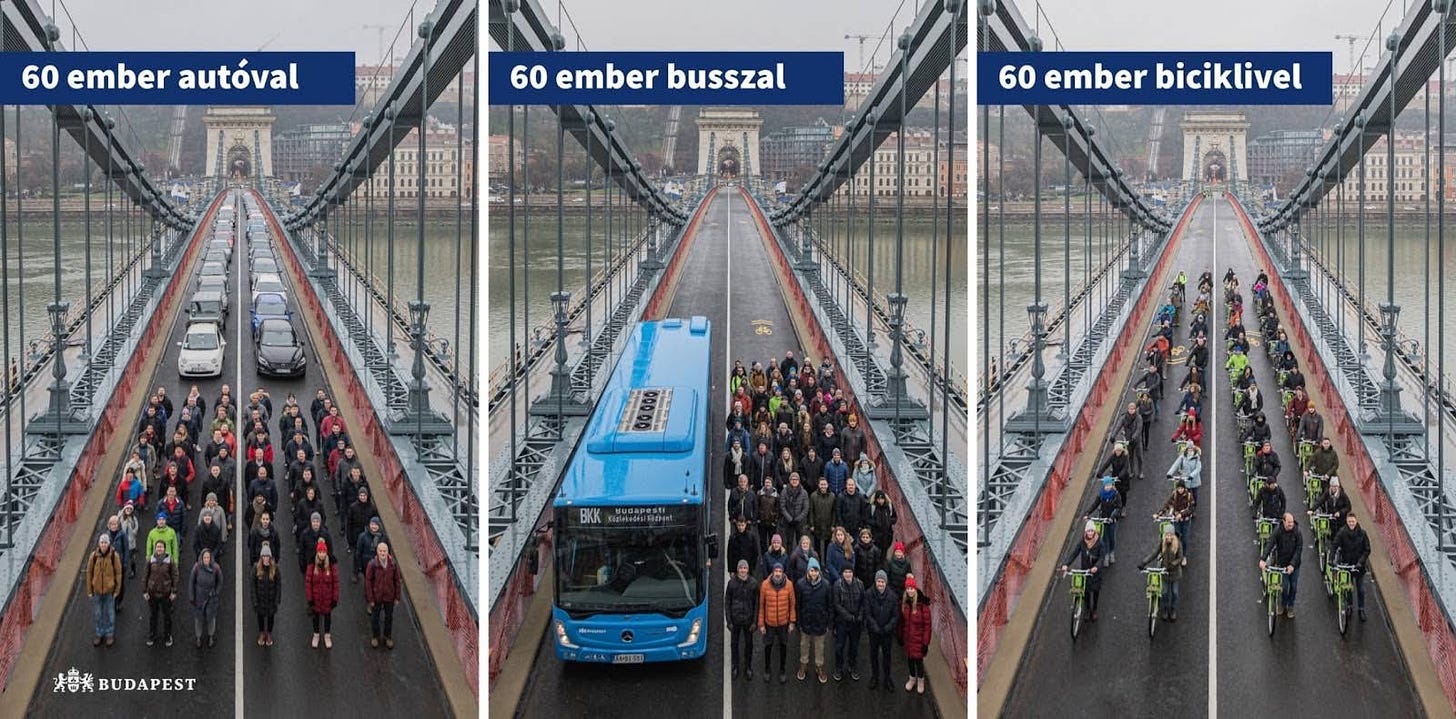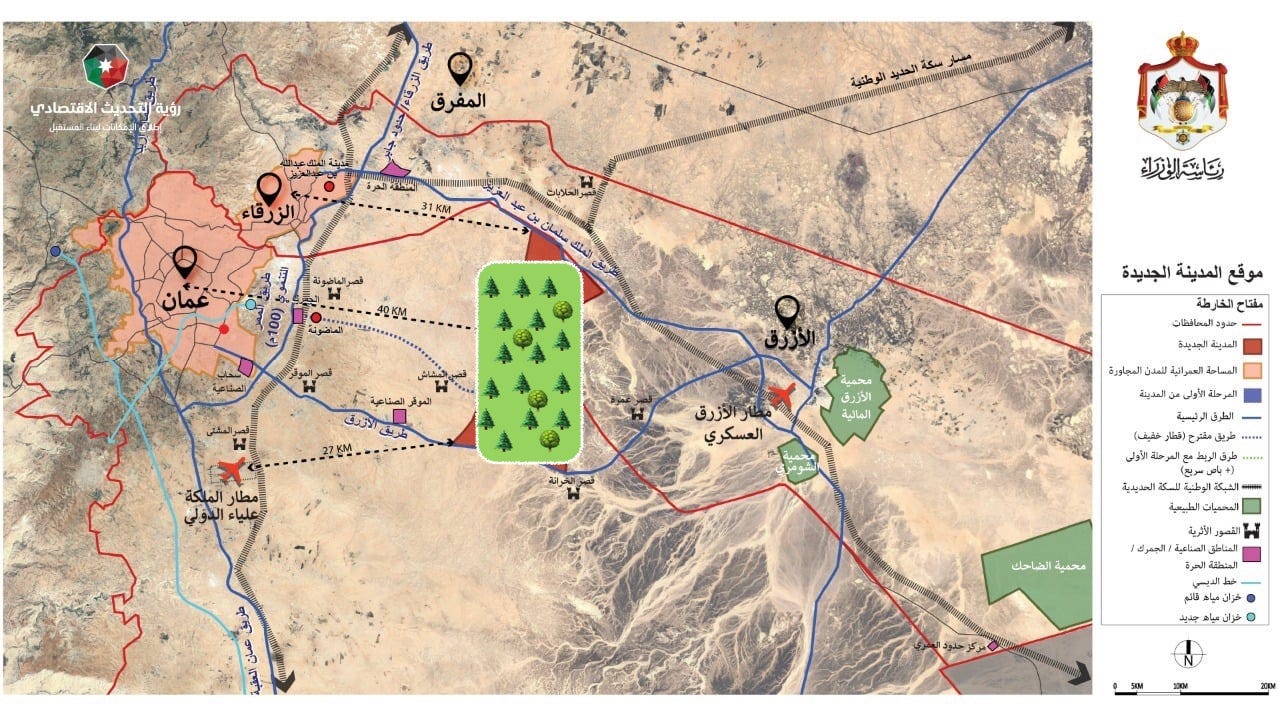“To give the news impartially, without fear or favour” Adolph Ochs
On February 6th, Editor of the Economics section of Al Rai newspaper wrote an opinion piece in which he claims that there is a lobby fighting against the government’s proposal of establishing a New City. This anti-New City lobby, he claims, consists of real estate developers who want to maintain a hold on the market and don’t want to see asset prices fall.
If anyone wants to avoid real estate prices falling, it would be the banks: 8.2 billion JODs credit is extended to the construction sector out of a total of 28 billion JODs (or 28.5%) according to the CBJ. That does not include housing loans and mortgages (~15%-25% depending on banking institution). Plus a lot of other credit (whether personal loans or for general trade) is secured using real estate. I don’t think banks want to be left holding the bag should asset prices collapse due to oversupply of housing from the New City. One has to bear in mind that the current vacancy rate is already >23%.



“The law of unintended consequences refers to government actions that have unanticipated outcomes. It’s a concept often ignored by short-sighted politicians and policy makers.” And it’s why governments’s effort to build a New City in the name of reducing traffic jam will face many roadblocks.
The first time the public heard of the New City was back in 2017 when then Prime Minister Hani Mulki unveiled the project. By then, everyone thought it had to do with a secret conspiracy plan to resettle either the Syrian refugees permanently in Jordan (due to its proximity to the Azraq and Zaatari camps) or a bigger plan to move all West Bankers out of Palestine. Then the project was shelved.
Now the plan is back out but not under the name of a New Administrative Capital (like Brasilia in Brazil or Naypyidaw in Myanmar), but simply as a New City with the purpose of alleviating the traffic situation. That is all they said, leaving more space for speculation and conspiracies. No feasibility study1 or any other documents were put out to the public. The government is being endophasic, talking only to itself, with no transparency or accountability to the public.
According to their statements, the plan aims to move most government units 30 km east of Amman; with the sole purpose of driving out traffic congestion in Amman.
There is no doubt that population density is unevenly distributed, with most of the population concentrated in a small area:
And Traffic could cost the economy as per this INRIX report showing that the USA lost $87 billion in 2018 due to congestion (or 0.4% of GDP when GDP growth was 2.9%).
Yet do we really think that a public sector employee would really want to move out to the middle of the desert with little to no facilities to meet basic needs (e.g. museums, shopping centres, sheeshah cafes)? It’s like the passport control officer who asks you if you are visiting for “business or pleasure”? I mean what does one do after all their meetings?
This seems that the plan will backfire with most living in Amman and commuting to the New City to work (or the other way around). This is already the case with many public employees commuting to Amman from neighbouring cities on a daily basis (or renting a flat for the weekday and driving back during the weekend).
Another point to consider: What is the purpose of the New City when the government has set a plan to digitise most of its services? Why waste cement in the sand and connect it with water (which Amman barely gets once a week), road, and internet infrastructure when the Cloud infrastructure is already being put in place?
If the issue is again the car jam situation, then the best solution would be to follow the example of the Ministry of Agriculture which moved its HQ a few years ago within Amman.2
2 Birds with 1 Stone
There are other cheaper alternatives to fixing the traffic problem in Amman:
-The Government spends more than 10 million JODs3 on transport allowance (not including fuel and additional transportation allowances) per year. Changing its policy by subsidising for public transportation instead, or having buses or carpooling mechanisms available would solve part of the traffic situation (the private sector needs to follow). If the plan for the New City will go ahead, the transport allowance will surely double for those not willing to move out.
-Build a better public transport system (more bus lanes or an overground similar to the one in Dubai): the good thing is that the average Jordanian automobile driver commutes ~8 km/day (compared to the French 35 km/day). This can be reduced even further. And I’m sure everyone is tired of seeing that same old comparison picture but here it is again.
-Renovate old areas of Amman: just like what Georges-Eugene Hausman did for Paris in the 1860s. We have many hilly areas (Jabal Al-Natheef, Jabal Al-Jofe, Jabal Al-Qal’aa) that could do with a new look. We can rebuild these new areas (without gentrifying and kicking out the old residents) up to the latest green building codes with Middle Eastern architecture style (as proposed by AI program Dall-E below). In most European cities, the most desirable and most valued real estate properties are located around famous tourist attractions. Yet the area around the Downtown Roman Theatre is dilapidated and to be frank, dangerously ugly.
-Rethink how consumer goods are delivered in the city.
-Amman Municipality should focus on becoming a smart city that efficiently allocates its people and resources to attract more businesses. Not focus on moving people away.
A Bird in the hand is worth two in the bush
So what to do with that plot of land allegedly owned by the government?
Why not just plant it with trees? It can be done by climate organisations wishing to fight climate change at no expense to the government. Or by school children and private individuals on the 15th of January4 of every year.
A new forest and ecosystem can be built there. It can have a quadruple purpose of:
-reducing our carbon footprint
-be a new location to picnic and litter
-the trees could play a pivotal role in reducing desertification
-the forest could be a buffer to desert storms (reducing dust in Amman).
Contrary to popular belief, Amman, in comparison to other Mega Cities, is sparsely populated. The city is just badly designed, with sporadic buildings and road networks. If we can barely manage to take care of our own capital, do we really think we can take care of a New one?


Like most studies, they are done by clueless consultants who would write anything in the report to please their customers: https://www.ft.com/content/fb1254dd-a011-44cc-bde9-a434e5a09fb4
Government Budget, Group 211 item 114 of Table 16 https://gbd.gov.jo/Uploads/Files/gbd/law-min/2022/en/2.pdf + Government Units Table 14: https://gbd.gov.jo/Uploads/Files/gbd/law-gu/2022/en/2.pdf
Jordan’s Tree Day








